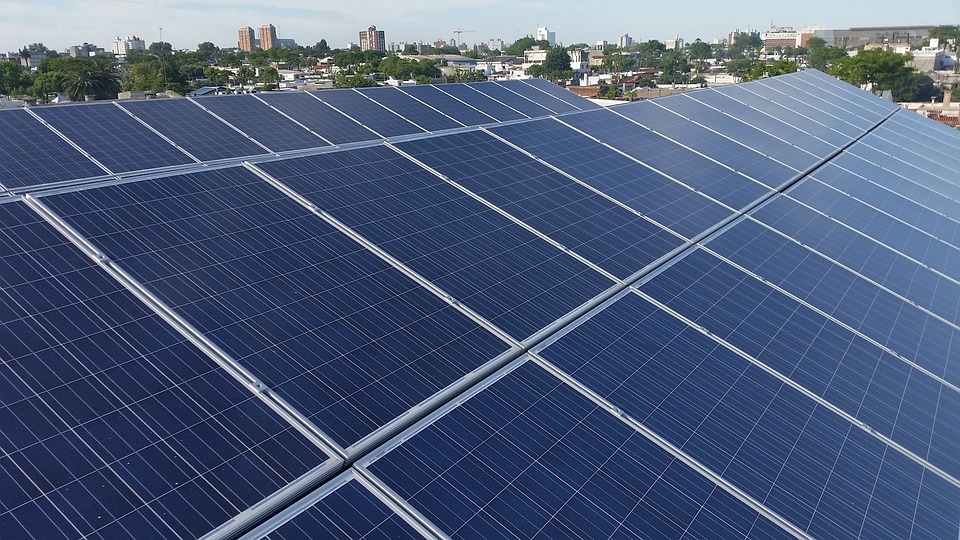
07 Dec Understanding 60-Cell and 72-Cell Solar Panels
There is a lot of information about solar panels floating across the internet. It seems like one site tells you one thing about 60-cell and 72-cell solar panels, while another site tells you the complete opposite. All of this conflicting information can be a little confusing, so this article is meant to slow things down and give you the facts about these solar panels.
When installing solar panels for a home, the most commonly used panel is the 60-cell panel, but there is no reason why you cannot choose 72-cell solar panels. Traditionally, 72-cell solar panels are used in commercial buildings, but there is a growing shift toward using them in homes as well.
The two kinds of solar panels are different in one very simple way: the 72-cell solar panel has 12 more solar cells than the other one. This increases the height of each solar panel by about 12 inches. Other than the number of cells and the height, there is not much difference between the two.
Many people have the wrong idea that the 60-cell panel is the only option for residential use. Both panels can be used in a home solar system. In fact, about half of the residential solar systems use the 72-cell panels, whereas the 72-cell is almost always used in commercial application.
The difference in the installation of the two panels is also very minimal. The 60-cell panel is installed in the same way as the 72-cell panel, although the latter weighs a little bit more than the former. The 72-cell panel also uses slightly different mounting hardware. A two-person team can easily carry and install the bigger panels using the same railing and connections required for transporting the smaller panels. While installing the 72-cell panels is more physically taxing to the installers because the panels are heavier, they can finish the work faster because they are installing fewer panels.
If you decide to install a solar system in your home using the 72-cell panels, you might actually save some money on the racking. The 72-cell panels are bigger, so you will use fewer panels and, therefore, less racking.
It is also possible to mix and match the 60-cell and 72-cell panels if the size and shape of your roof requires it. An instance where this would make sense is if you have a triangle-shaped roof where 72-cell panels are installed in the middle, and the smaller 60-cell panels are installed on the sides. Just make sure that if you mix the two different panels, you plan to pair a capable inverter with each panel. This inverter will make sure that the two components with their different voltages can work successfully together.
So if you’re thinking of switching to solar, do your research. Talk to a competent designer, and choose the type of solar panel that will fit your roof and give you the best cost-per-watt value.



